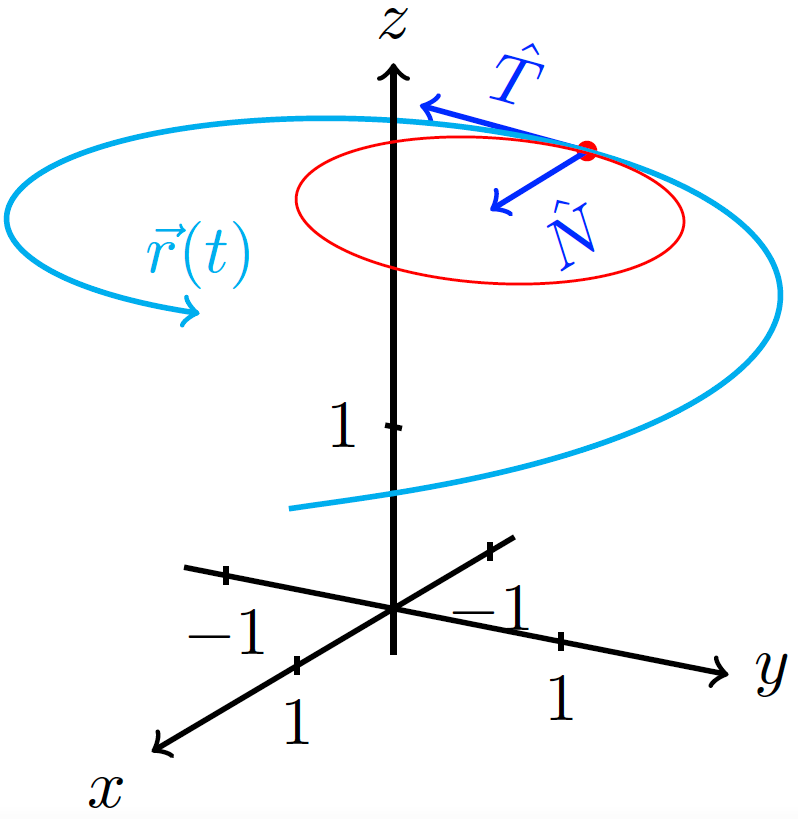Edit and compile if you like:
\documentclass{article}\usepackage{tikz}\usepackage{tikz-3dplot}\usetikzlibrary{math}\usepackage{ifthen}\usepackage[active,tightpage]{preview}\PreviewEnvironment{tikzpicture}\setlength\PreviewBorder{1pt}%% File name: truncated-cylinder.tex% Description:% A geometric representation of a truncated cylinder is shown.%% Date of creation: September, 19th, 2021.% Date of last modification: October, 9th, 2022.% Author: Efraín Soto Apolinar.% https://www.aprendematematicas.org.mx/author/efrain-soto-apolinar/instructing-courses/% Source: page 48 of the% Glosario Ilustrado de Matem\'aticas Escolares.% https://tinyurl.com/5udm2ufy%% Terms of use:% According to TikZ.net% https://creativecommons.org/licenses/by-nc-sa/4.0/% Your commitment to the terms of use is greatly appreciated.%\begin{document}%\begin{center}\tdplotsetmaincoords{70}{120}%\begin{tikzpicture}[tdplot_main_coords]% Components of the vector function\tikzmath{function equis(\t) {return cos((\t) r);};}\tikzmath{function ye(\t) {return sin((\t) r);};}\tikzmath{function zeta(\t) {return 0.5+0.25*sqrt(\t);};}% Components of the derivative f the vector function\tikzmath{function dequis(\t) {return -sin((\t) r);};}\tikzmath{function dye(\t) {return cos((\t) r);};}\tikzmath{function dzeta(\t) {return 0.125/sqrt(\t);};}% Components of the normal vector (second derivative of $\vec{r}(t)$
Click to download: osculating-circle.tex • osculating-circle.pdf
Open in Overleaf: osculating-circle.tex
See more on the author page of Efraín Soto Apolinar.


